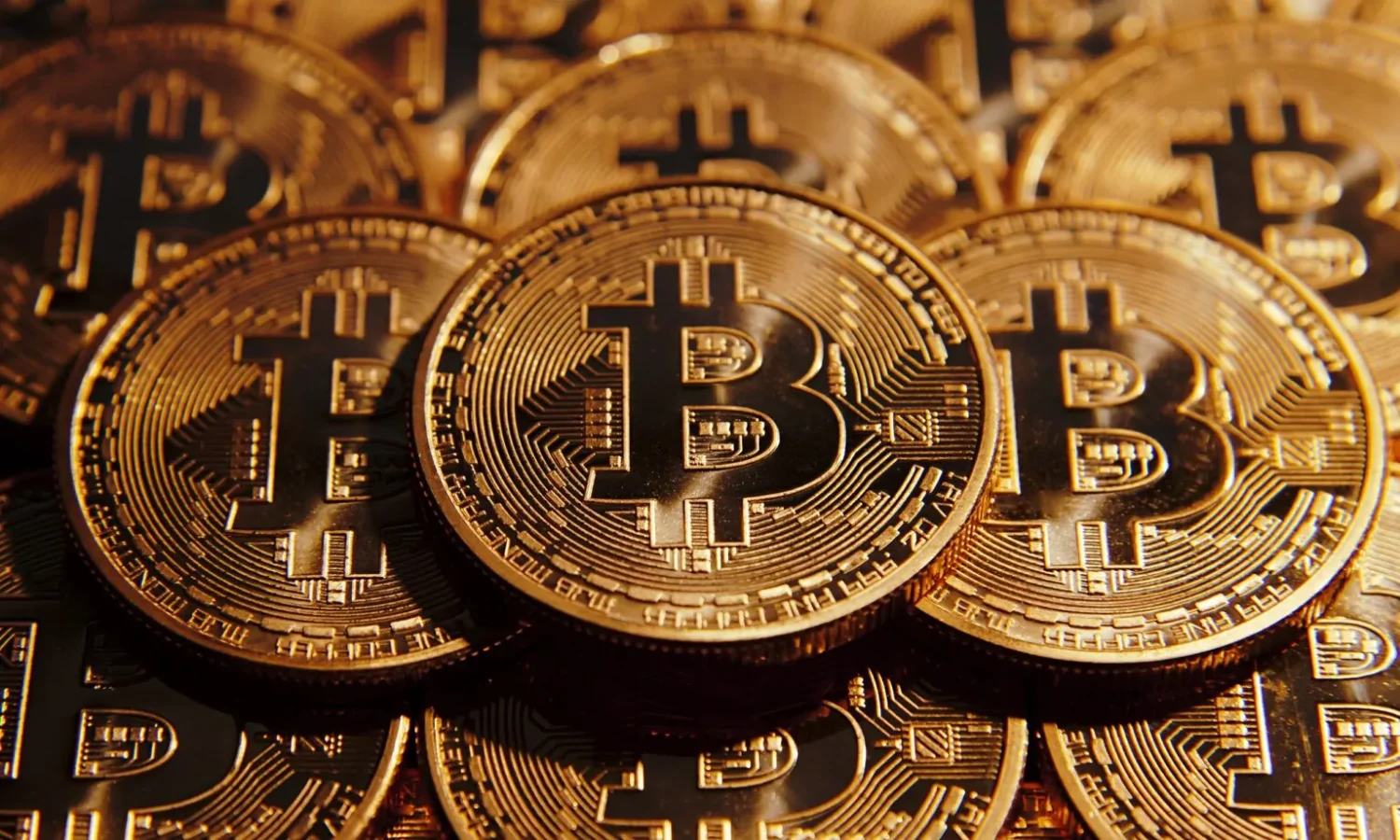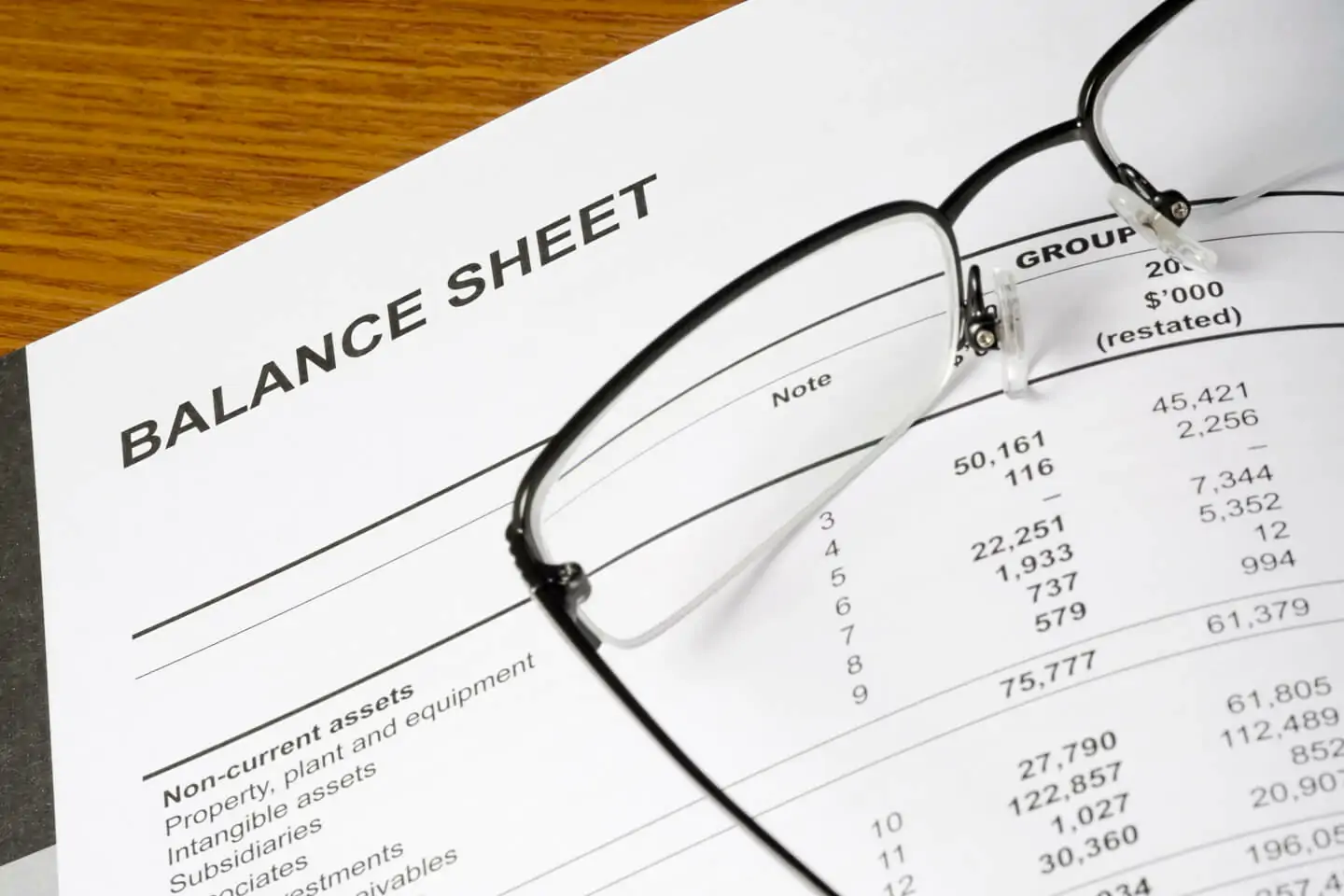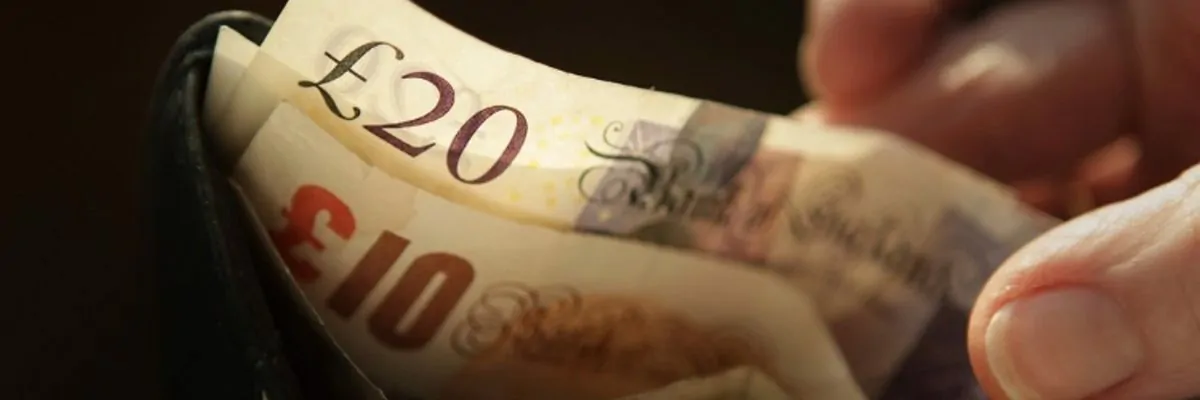
Bitcoin v Other Bubbles: When will it burst?
17 Dec 2017With the price of Bitcoin soaring from £9 to over £15,000, its biggest fans see it as the currency of the future and increasingly as a way to gain instant wealth. An alternative view is that it is just another rung on a long ladder of economic bubbles.
Respected investors and economists, like Warren Buffett, Ray Dalio, Jamie Dimon, Robert Shiller and Joseph Stiglitz have all declared that cryptocurrencies are a bubble waiting to burst, but how can we know when that will happen?
At Accounts and Legal, we have received many queries about accounting for cryptocurrency and how Bitcoin earnings are taxed. But, like everyone else, we have our suspicions the Bitcoin bubble is around for a good time rather than a long one.
So, we have compared it to other famous bubbles from times gone by to help predict what the future holds for Bitcoin, cryptocurrencies and all who have pumped their cash into the virtual bandwagon.
Bitcoin bubble knows no boundary
Bitcoin’s price has risen exponentially in value in recent times and this has happened for a number of reasons. For one, some investors believe the virtual currency can replace the current paper systems. For another, the huge amount of media coverage dedicated to Bitcoin on a daily basis has pushed public perceptions and beliefs through the roof.
Ultimately, there are serious grounds for caution. Primarily, because Bitcoin produces no income and has no yield, making it impossible to value and completely intangible. This is a dangerous scenario for investors because it means Bitcoin’s price could hit £100,000 but may only be worth £100.
In addition, the supply of Bitcoins is limited to 21 million by around 2140, and lots of competition is popping up in the form of other cryptocurrencies. In fact, there is now over 1300, as of November of this year. A rising supply of such currencies will push Bitcoin’s price down over time.
Few seem to have considered that governments around the world are unlikely to give up their monopoly on legal tender, as well as the fact that members of the public may not fully embrace crypto currencies unless they have government backing.
In fact, many governments and central banks are already looking at the possibility of establishing their own cryptocurrencies, which would see them maintain monopolistic control while also driving the price of Bitcoin down.
Finally, and related to this, it has all the hallmarks of a classic bubble. In short, a positive fundamental development (or “displacement”) in terms of a high-tech replacement for paper currency, self-reinforcing price gains that are being accentuated by social media excitement, all convincing enthusiasts that the only way is up. Its price now looks very bubbly, particularly compared to past asset bubbles.
FOMO: Fear of missing out
In the early 17th century, speculation helped drive the value of tulip bulbs in the Netherlands to previously unheard-of prices. Newly imported from Turkey, tulips were a big novelty at the time.
Hard data from those days is scarce, so it's difficult to gauge exactly how much prices soared. But people were putting up their homes as collateral, according to the Rijksmuseum -- the Museum of the Netherlands -- in Amsterdam.
Like many bubbles, prices were driven by greed or the fear of missing out. Speculators were buying bulbs in the hope that they could sell them on at an even higher price. Again, it didn't last. A flurry of sales caused a domino effect, and prices collapsed.
Similarly, during the 18th century, shares in the South Sea Company, a British trading firm, soared on expectations it would soon reap bumper profits from trade with South America.
The money never materialised.
South America was controlled by Spain, which was at war with the British Empire at the time. That made a British trading monopoly in the region unlikely.
Nevertheless, British investors piled into the South Sea Company's stock, which popped about 900% in the space of a year.
Soon afterward, the shares began to plunge as speculators became sellers. The South Sea bubble's collapse left a trail of bankruptcies in its wake.
Bitcoin v Dot Com
Because Bitcoin is impossible to value, its rise may continue long into the future as investors are sucked into the belief that they are on the way to unlimited riches.
On the positive side, even if we are in a bubble, the “dotcom bubble” of 2000 was primarily a North-American phenomenon, yet it grew to almost $5 trillion in size. Cryptocurrencies are a global phenomenon and yet are currently worth $300 billion. It appears this bubble has a lot more room for inflation.
The tech market took 17 years to get back to the values it was at during the 2000 tech bubble. Looking at specific companies shows a similar story. Microsoft stock price was £44 per share at the peak of the tech bubble in 2000. It only surpassed this again at the end of October 2016. If you’d bought in mid-1999 (which was nowhere near peak bubble values in early to mid-2000) and decided to HODL, you’d have had to wait until August 2014 to break-even.
CISCO was priced at £59 per share at the peak of the tech bubble. After crashing to $8 in 2002, it’s now worth £24 — less than half of what it was worth at the peak of the dotcom bubble. If you’d bought in mid-1999 you’d still be waiting to break-even.
Similarly, Intel shares were worth £55 at the peak of the tech bubble and 17 years later are worth £26, less than half of peak bubble valuation. If you’d bought in mid-1999, you’d have to wait until May 2014 to break-even.
Even Amazon, the most successful dot-com era company by a mile only recovered its peak bubble valuation 7 years later in July 2007.
What happens next?
The logic is pretty simple: the more Bitcoin’s price goes up, the greater the risk of a crash. The most damning issue is that the majority struggle to fully understand how Bitcoin actually works, and one of the biggest lessons from the crash in 2008 is that if you don’t fully understand something, you certainly should not invest in it.
At this stage, a crash in Bitcoin is a long way from being able to crash the economy because unlike previous manias (Japan, Asian bubble, Nasdaq, US housing in the chart above) it does not have major linkages to the economy.
However, the risks would grow if more and more “investors” are sucked in – with banks ending up with a heavy exposure if, say, heavy gearing was involved.
At this stage, it’s unlikely that will occur for the simple reason that being just an alternative currency and means of payment won’t inspire the same level of enthusiasm that tech stocks did in the late 1990s.
Whether Bitcoin continues to surge or not, businesses and individuals are currently making huge amounts of money on a daily basis. So, whether you need advice on where to set up, or how you will be taxed, get in touch with the Accounts & Legal team to see how we can help you.
Try our Interactive Instant Quote tool and see how we can help you make the most of the cryptocurrency movement.






















